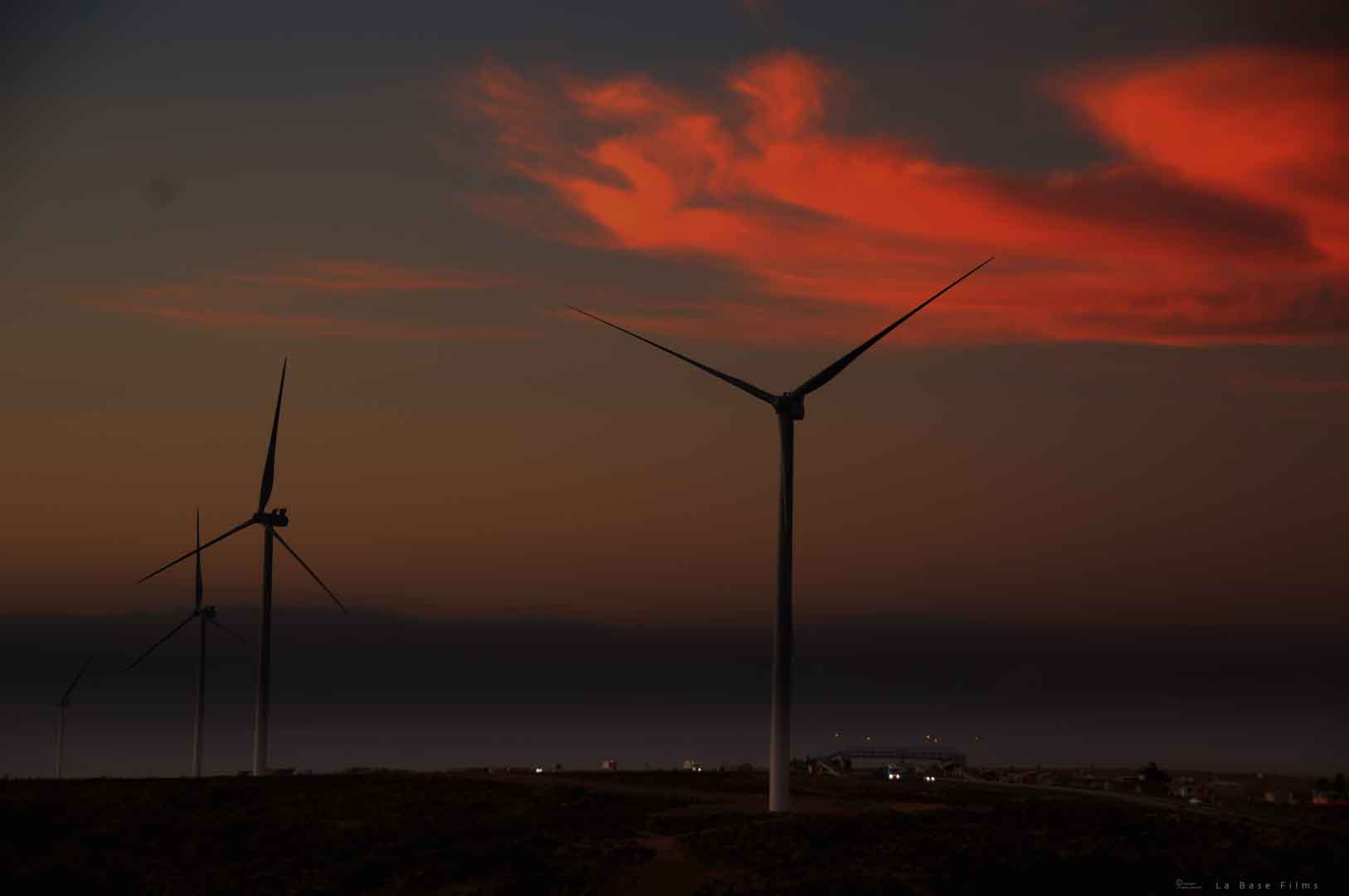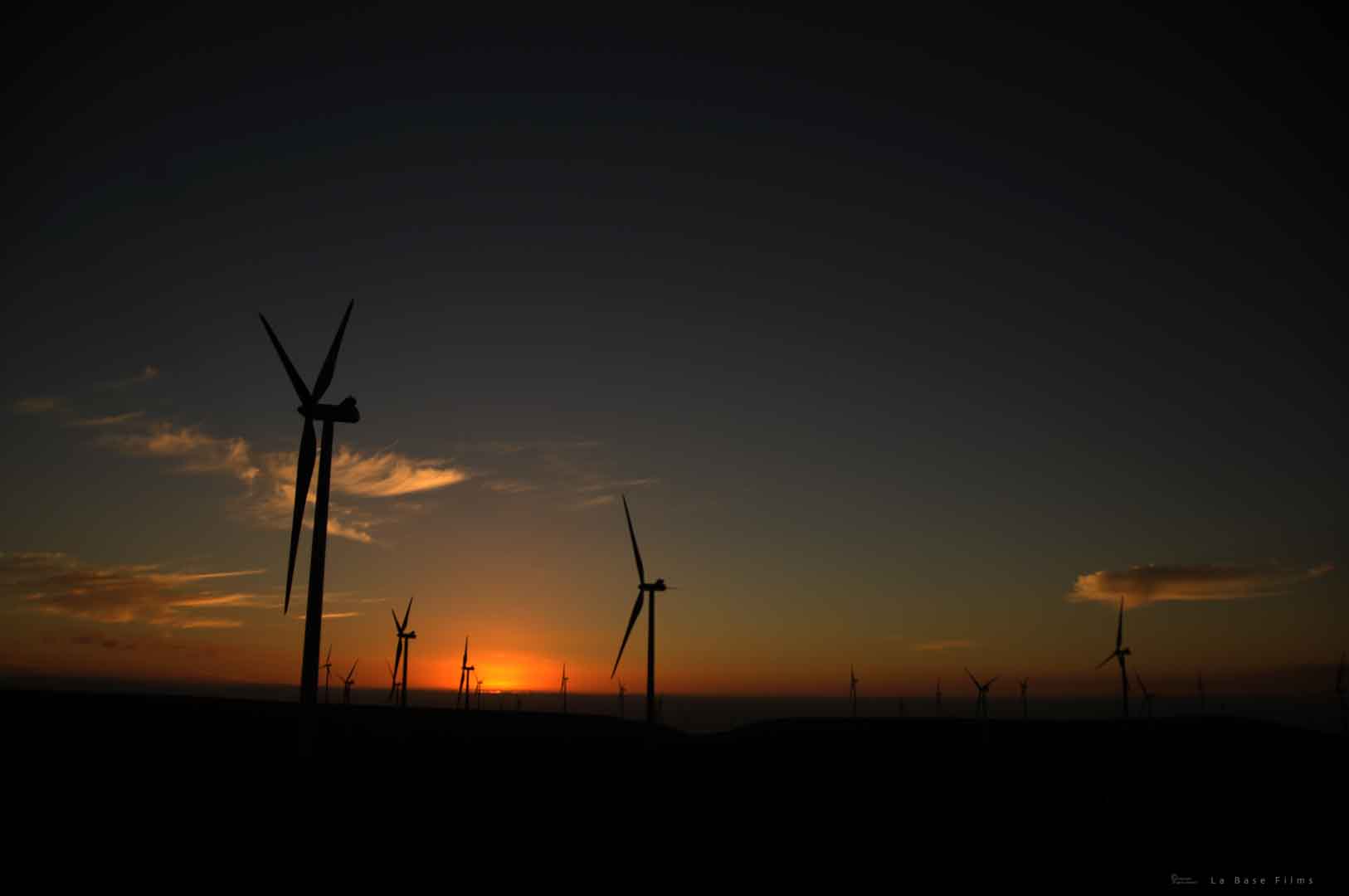Promoting clean wind energy in Chile
The municipality of Ovalle is located about three hundred kilometres north of the capital Santiago de Chile, in the Chilean region of Coquimbo. Here, two wind farms called "El Pacifico" and "La Cebada" with a total of 57 wind turbines and an installed capacity of 109.6 MW supply electricity from renewable energy sources. The wind turbines began operating in July 2014 and now generate an average of 290 GWh of clean electricity per year, which is fed into the central electricity grid (SIC).
As a result, the two wind farms make a valuable contribution to climate action: since this amount of electricity would have otherwise been produced with the help of fossil fuels, the climate project saves around 197,420 tonnes of CO2 per year – and contributes to the energy transition in Chile by expanding the renewable energy sector. In addition, it also promotes sustainable development in the region by creating long-term jobs in Ovalle.

As the name suggests, wind turbines use the power of the wind to generate energy. During this process, a generator located inside the wind turbine converts kinetic energy into electrical energy. As energy is still mainly generated from fossil fuels in many areas around the world, clean wind energy can replace some of this fossil, high-emission energy and verifiably save CO2 emissions.
In most cases, the sustainably generated electricity from the wind power projects is fed into a regional power grid, which diversifies the power supply and improves energy security in regions that are frequently affected by power shortages and outages. A project often creates increased job opportunities for the local population and the area can be used for additional activities, such as agriculture. Wind power projects make an important contribution to a clean energy supply worldwide and contribute to sustainable development with respect to the UN Sustainable Development Goals (SDGs). Wind energy projects in the ClimatePartner portfolio are registered with international standards.
Explore our projects
Biochar for Climate Action, Healthy Soils, and Better Harvests

A certified climate project combined with additional commitment

Expansion of renewable energy generation in Asia

Ceramic water filters save CO2 and improve health

Improved cookstoves worldwide – for better health and cleaner air

A certified climate project combined with additional commitment

Powering access to renewable energy in Africa

A certified climate project combined with additional commitment

Restored ecosystems remove carbon

Turning degraded farmlands into healthy ecosystems

Improved cookstoves - better for health and the environment






















